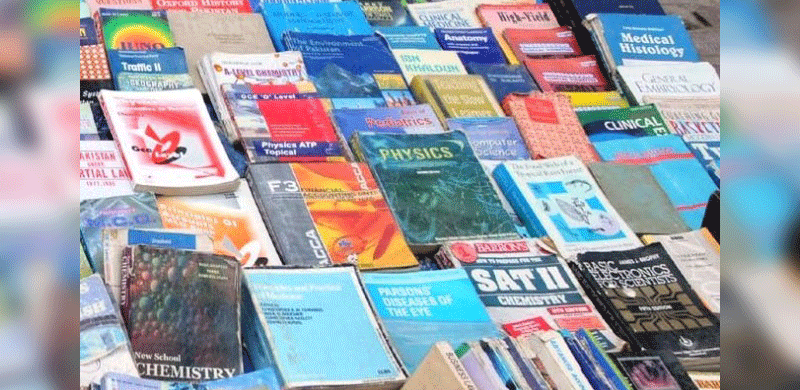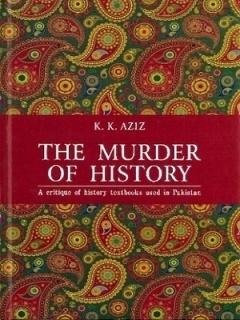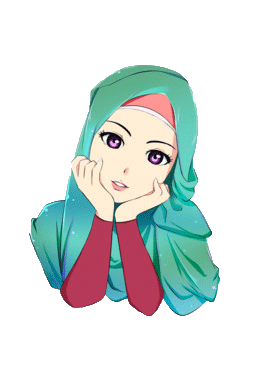
Shagufta Gul in this article points out the major flaws in our textbooks and the kind of stereotypes that they peddle. She argues that textbooks need to promote inclusive and pluralistic ideas.
The day one at school is the most exciting and yet a difficult experience for the parents. When they decide to send their child to school, there are various options and one has to think and rethink when it comes to the final decision. There are hundreds of private schools and they have their selling points like activity-based learning, air-conditioned classrooms, no home work, flexible timings, smart board etc. It's obviously a tough choice.
As far as public schools are concerned, there is generally one book per subject from grade 1 to 10. The textbooks are written in the guidelines provided by the national curriculum.
The Cambridge based schools have their own specifically designed recommended books for all levels. Other than the Cambridge based schools, various private schools have opted for the books of private publishers along with the recommended textbooks of their respective textbook boards.
Looking at the guiding principles of the textbook of a specific grade, it must align with the national curriculum and should cater to the needs of diverse groups of students. Teaching and learning can only be successful if done in a conducive environment with variety of teaching methodologies.
The content needs to be aligned with the needs of various groups, their age and level plus in continuity with what they have already learnt in the previous phase or grade.
The content has to be real life, current, relevant and based on accurate and authentic information. The element of fantasy needs to be blended in a balanced way so that it’s not exaggerated. Continuity and coherence is a must no matter what level the book is catering to.

The content has to be bias free and free from stereotypes. The illustrations and pictures must not carry any discrimination on the basis of gender, religion, culture, disability, and it must not suggest any exclusion.
In teaching and learning, learning strategies are included along with the provision of critical thinking and positive values. Learning activities need to be interesting and motivating.
The textbook layout is another key component as it has to be of standard size with quality paper and quality illustrations.
Last but not the least, the language of the textbook needs to be appropriate, keeping in view the learning capacity of an average student. The textbook should provide students with appropriate learning opportunities along with the motivation for exploring new vistas.
We have touched generally upon the quality of textbooks without getting into more technical terminologies.
The textbooks used in Pakistan are slowly and gradually improving in terms of their appearances but still we can see a better presentation if a little more attention is paid.
The very first point about a book is that it should cater to the needs of diversified groups. When we generally look at the books of our textbook boards and the private publishers the element of inclusion and acceptance of diversity is rare.
The General Knowledge book talks about reciting Alhamdulillah and some other Islamic expressions, meaning that it is excluding the non-Muslims from the audience, or at least doesn’t care enough to keep the content inclusive.
As far as the depiction of real life and culture is concerned in recent books the girls and women are often showed in hijab. Hijab is a recent trend in our culture. In fact it can hardly be termed as a part of our culture. It’s more of an Arab tradition and getting popular in the subcontinent gradually. It can be there but it doesn’t represent the cultures we have all over Pakistan.

The same goes for the books of private publishers. Though the printing and quality of paper is better, the content and the drawings are more or less based on the same stereotypes and typical fantasy stories – very hard to connect to real life.
As stated earlier, the content presented needs to be authentic, accurate and relevant to everyday life characters. We are in a situation where the traditional role of teacher needs to be reformed and efforts are being made.
I was surprised to see a book from a private publishing house with a male teacher on cover page holding a big stick in his hand trying to teach a child. The image can discourage rather than encourage the child to sit and study.
Secondly, the interactive teaching methodology has changed the image of teachers. A teacher isn’t considered a dictator or the only source of information but he or she is a facilitator.
Another image in an Urdu book published by a private publisher in Punjab promotes violence against women – again, something against the guiding principle that the book has to be bias free and promote respect for all in society.
The names of the characters at times seem to be belonging to an alien planet. Let’s be real.
The budget allocation for education is not enough but if utilised properly to build the capacity of textbook writers, artists involved in illustrations for the books, things can improve at least. The invasion of technology is a kind of support but it is up to our writers, artists, publishers and printers how they utilise it to prepare interesting and quality books in terms of content, illustrations and conducive learning.
The day one at school is the most exciting and yet a difficult experience for the parents. When they decide to send their child to school, there are various options and one has to think and rethink when it comes to the final decision. There are hundreds of private schools and they have their selling points like activity-based learning, air-conditioned classrooms, no home work, flexible timings, smart board etc. It's obviously a tough choice.
As far as public schools are concerned, there is generally one book per subject from grade 1 to 10. The textbooks are written in the guidelines provided by the national curriculum.
The Cambridge based schools have their own specifically designed recommended books for all levels. Other than the Cambridge based schools, various private schools have opted for the books of private publishers along with the recommended textbooks of their respective textbook boards.
Looking at the guiding principles of the textbook of a specific grade, it must align with the national curriculum and should cater to the needs of diverse groups of students. Teaching and learning can only be successful if done in a conducive environment with variety of teaching methodologies.
Also read: Toxic textbooks and social engineering in Pakistan
The content needs to be aligned with the needs of various groups, their age and level plus in continuity with what they have already learnt in the previous phase or grade.
The content has to be real life, current, relevant and based on accurate and authentic information. The element of fantasy needs to be blended in a balanced way so that it’s not exaggerated. Continuity and coherence is a must no matter what level the book is catering to.

The content has to be bias free and free from stereotypes. The illustrations and pictures must not carry any discrimination on the basis of gender, religion, culture, disability, and it must not suggest any exclusion.
In teaching and learning, learning strategies are included along with the provision of critical thinking and positive values. Learning activities need to be interesting and motivating.
The textbook layout is another key component as it has to be of standard size with quality paper and quality illustrations.
Last but not the least, the language of the textbook needs to be appropriate, keeping in view the learning capacity of an average student. The textbook should provide students with appropriate learning opportunities along with the motivation for exploring new vistas.
We have touched generally upon the quality of textbooks without getting into more technical terminologies.
The textbooks used in Pakistan are slowly and gradually improving in terms of their appearances but still we can see a better presentation if a little more attention is paid.
The very first point about a book is that it should cater to the needs of diversified groups. When we generally look at the books of our textbook boards and the private publishers the element of inclusion and acceptance of diversity is rare.
The General Knowledge book talks about reciting Alhamdulillah and some other Islamic expressions, meaning that it is excluding the non-Muslims from the audience, or at least doesn’t care enough to keep the content inclusive.
As far as the depiction of real life and culture is concerned in recent books the girls and women are often showed in hijab. Hijab is a recent trend in our culture. In fact it can hardly be termed as a part of our culture. It’s more of an Arab tradition and getting popular in the subcontinent gradually. It can be there but it doesn’t represent the cultures we have all over Pakistan.

The same goes for the books of private publishers. Though the printing and quality of paper is better, the content and the drawings are more or less based on the same stereotypes and typical fantasy stories – very hard to connect to real life.
As stated earlier, the content presented needs to be authentic, accurate and relevant to everyday life characters. We are in a situation where the traditional role of teacher needs to be reformed and efforts are being made.
I was surprised to see a book from a private publishing house with a male teacher on cover page holding a big stick in his hand trying to teach a child. The image can discourage rather than encourage the child to sit and study.
Secondly, the interactive teaching methodology has changed the image of teachers. A teacher isn’t considered a dictator or the only source of information but he or she is a facilitator.
Another image in an Urdu book published by a private publisher in Punjab promotes violence against women – again, something against the guiding principle that the book has to be bias free and promote respect for all in society.
The names of the characters at times seem to be belonging to an alien planet. Let’s be real.
The budget allocation for education is not enough but if utilised properly to build the capacity of textbook writers, artists involved in illustrations for the books, things can improve at least. The invasion of technology is a kind of support but it is up to our writers, artists, publishers and printers how they utilise it to prepare interesting and quality books in terms of content, illustrations and conducive learning.
